Why am I Gaining Weight Despite Diet and Exercise? │ QA
If you’re careful with your nutrition, working out weekly, and still experiencing problems with your weight, take a moment to read this QA.

Surprise – most foods for heart health come from living things without hearts! That is, only one item on our list of the nine most heart-healthy foods is an animal and the rest are plant sources. Vegetarians, omnivores and paleo-lovers alike can all protect their hearts by including suitable foods from the following list more often.
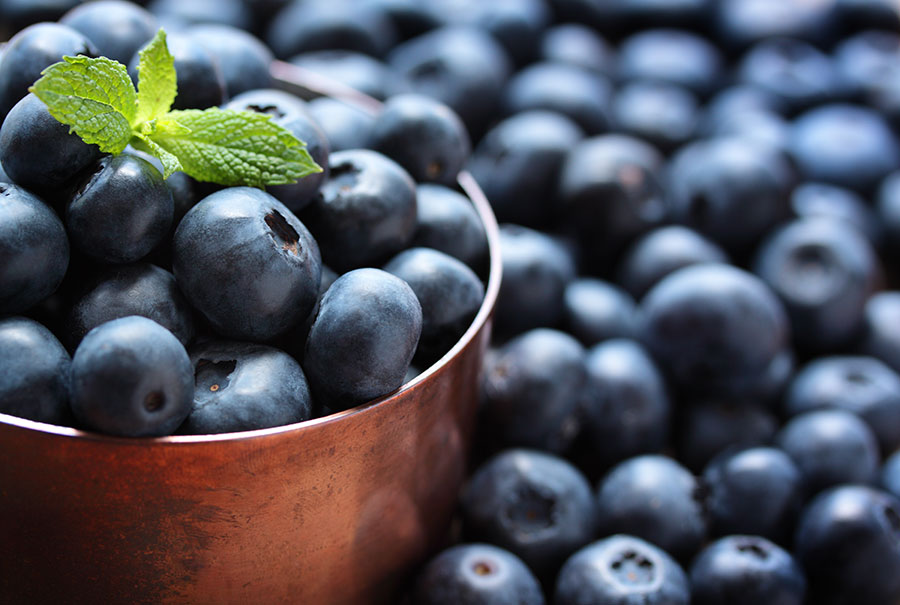
BLUEBERRIES
These fruit gems contain high levels of polyphenols1,2 and have multiple cardiovascular benefits including anti-inflammation,1 lowering blood pressure,2 regulating cholesterol oxidation2 and accumulation,1 reducing oxidative stress,1,2 and improving vascular function.1 Consumption of blueberries is associated with cardiovascular disease prevention1 and cardiovascular risk factor reduction.2
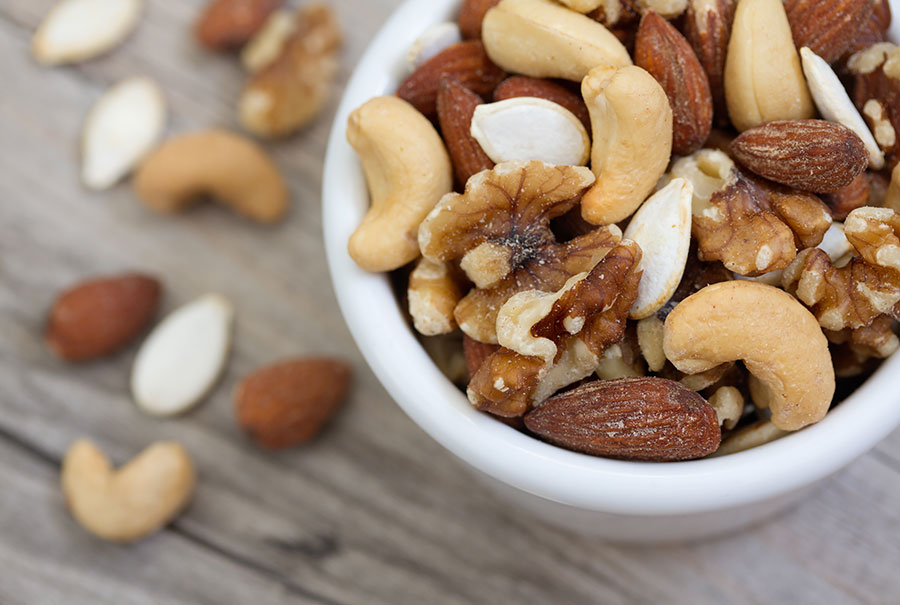
NUTS
The omega-3 fatty acid present in nuts, alpha-linolenic acid, may reduce cardiovascular disease risk and atherosclerotic plaque formation by changing vascular inflammation and improving endothelial dysfunction3 (the health of the vascular wall). In a nearly 5 year-long study those assigned to a Mediterranean diet supplemented with nuts (or extra-virgin olive oil) had a lower incidence of major cardiovascular events than those assigned to a reduced-fat diet.4

BEANS
Dietary fiber is known to help protect against cardiovascular disease.5 Legumes (including beans, peas, and lentils) are excellent sources of soluble fiber — the kind that can lower your “bad” LDL cholesterol.6 In a multi-country study, cardiometabolic risk (metabolic syndrome, inflammation, and obesity) was inversely associated with dietary fiber intake.5 Benefits are most pronounced with bean intake upwards of 4 times per week.

LEAFY GREEN VEGETABLES
Intake of leafy green vegetables may confer strong cardiovascular health benefits7. Researchers noted that, “Increasing vegetable intake, with a focus on consuming leafy green and cruciferous vegetables may provide the greatest cardiovascular health benefits.”7 A few studies showed that the greatest cardiovascular benefits were observed at intakes greater than 120 g/day [about 2 cups] for leafy green vegetables.7 Spinach, kale, collard greens, mustard greens, and chard are well-known leafy green veggies.

AVOCADOS
These fatty fruits contain beneficial monounsaturated fats (as well as polyphenols, carotenoids, vitamin E, phytosterols, and squalene) which can lower your LDL cholesterol. 6,8 Avocados seem to help prevent chronic inflammation that makes atherosclerosis, the hardening of artery walls, worse.6 They also inhibit platelet aggregation and help prevent thrombus formation. 8
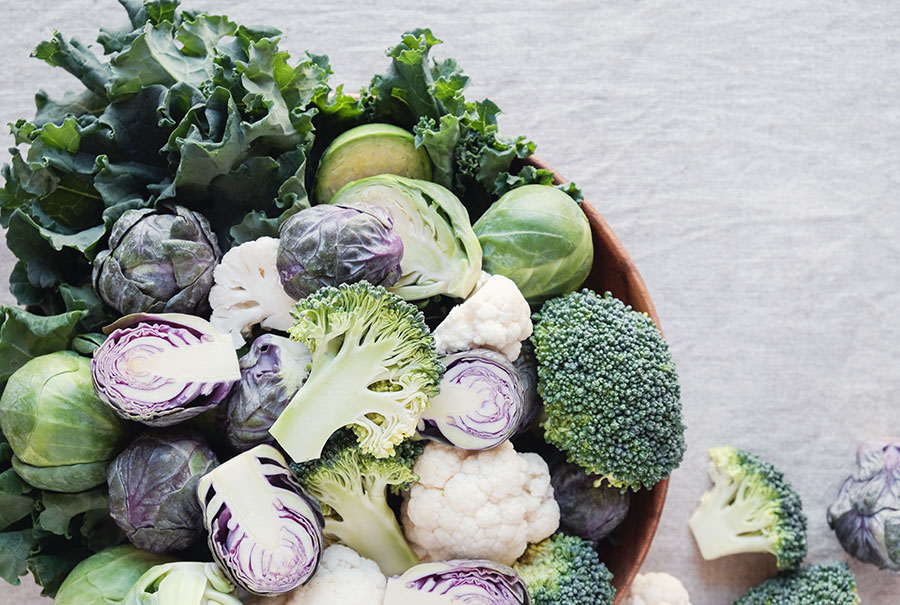
CRUCIFEROUS VEGETABLES
Evidence supports the notion that cruciferous vegetables promote strong cardiovascular health7. Researchers noted that, “Increasing vegetable intake, with a focus on consuming leafy green and cruciferous vegetables may provide the greatest cardiovascular health benefits.”7 A few studies showed that the greatest cardiovascular benefits were observed at intakes of greater than 200 g/day [about a cup] for cruciferous vegetables.7 Brussel sprouts, cabbage, cauliflower, broccoli, and bok choy are well known cruciferous veggies.

OLIVE OIL
Extra-virgin olive oil contains minor antioxidant compounds9 and a lot of monounsaturated fat. Consuming extra virgin olive oil augments the anti-inflammatory effect of HDL, may repress atherosclerotic inflammatory genes, and helps retain anti-atherogenic activity with advancing age.9 In a nearly 5 year-long study those assigned to a Mediterranean diet supplemented with extra-virgin olive oil (or nuts) had a lower incidence of major cardiovascular events than those assigned to a reduced-fat diet.4

SALMON
Fatty fish such as salmon are rich in long chain omega-3 polyunsaturated fatty acids (LCn-3PUFA) which have anti-clotting6 and anti-inflammatory effects and help lower triglycerides,6 a fat implicated in heart disease. Though not all studies demonstrate cardio-protective effects of LCn-3PUFA, it may be that omega-3‘s role in cardiovascular disease prevention may be dampened by high intake of omega-6 fats. Within a Mediterranean diet (low saturated fat), high omega-3 fat consumption is cardio-protective.
REFERENCES:
If you’re careful with your nutrition, working out weekly, and still experiencing problems with your weight, take a moment to read this QA.
Blood sugar control isn’t easy. These are Debbie’s top recommendations for how to address weight control with Type II Diabetes.
Does liberally salting your food help you pump more iron in the gym? Registered Dietitian, Debbie James, investigates the claims!
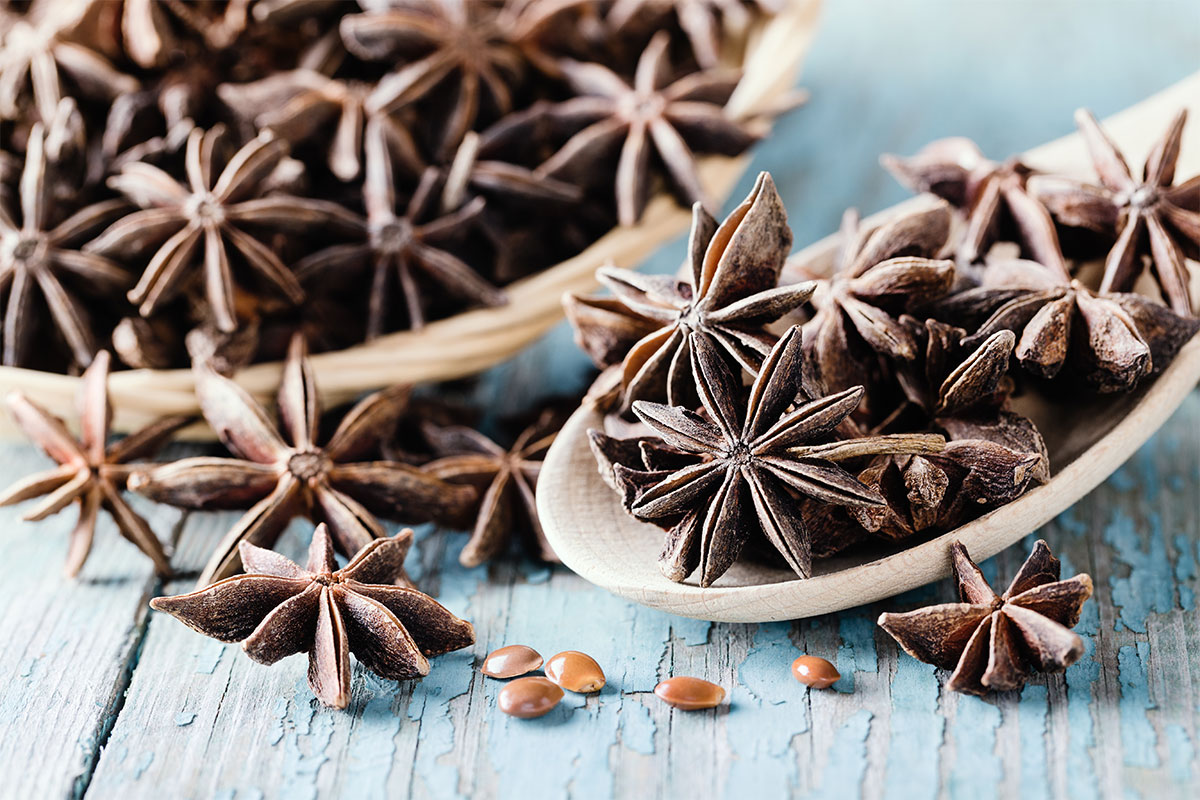
Spices are known for imparting flavor, but they are also an integral part of maintaining health and preventing disease! The medicinal value of spices has been recognized for thousands of years by the ancient Indian medical system known as Ayurveda.1 Since many diseases are a result of weak immune systems or chronic inflammation, preventing these two states can make a big difference in your health.
The immune response is a built-in defense system, protecting the body from foreign invaders and infection by communicating between cells and their chemical signals. While our skin is the outer shield of our bodies, our gut mucosa serves as the internal barrier. What we eat (especially nutrients, alcohol, coffee, spices, and salted food) affects this barrier, which is the starting point of most immune responses. It’s true that a healthy immune system can ward off infection from cold-causing germs. However, our immune systems are also activated by the longer-term stimuli of physical stress, psychosocial stress or malnutrition.2
Chronic low-grade inflammation is a prolonged and abnormal immune response of altered cell communication that does not resolve itself, leading to ill health and a variety of life-threatening conditions.2,3 This “silent inflammation” is connected to several diseases of advanced age such as heart disease, diabetes, arthritis, Alzheimer’s and certain cancers.4 Persistent inflammation is also involved in the development of obesity (and associated metabolic complications), inflammatory bowel disease, asthma, and rheumatoid arthritis.2,3,5 Inflammation of the nervous system plays a key part in neurodegenerative diseases, mood disorders (including depression and anxiety), and pain.2
Beneficial Spices
Spices come from the roots, bark, and seeds of the plant, while herbs* are the leaves. Essentially, any part of the plant that is not a leaf and can be used for seasoning may be considered a spice.
Spices and other medicinal plants have many bio-active compounds. Some have antibiotic properties (boosting our innate immunity against infections) and others are anti-inflammatory agents.5,6,7 Nutraceuticals present in several spices have shown potential to inhibit or reverse inflammatory responses and help prevent many chronic diseases related to sustained inflammation:






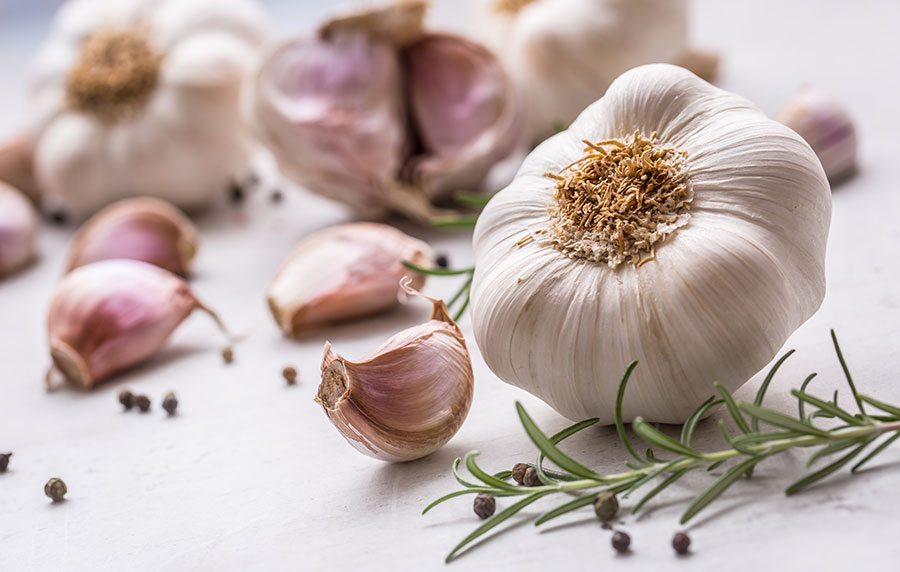


Make your own spicy blend without salt! The Academy of Nutrition and Dietetics recommends the combination below for Mexican-style dishes. Just store in a tightly covered jar.
Source: Eat Right: Eating Right With Less Salt (tip sheet). Academy of Nutrition and Dietetics, 2017.

Many other spices are beneficial in alleviating inflammation including allspice, caraway extract, chili pepper, cloves, cocoa and fenugreek.5 *Herbs with anti-inflammatory activity include bay leaf, marjoram, oregano, rosemary, sage, and thyme.5
Beneficial Diet
A diet rich in spices that decreases inflammation and oxidative stress can promote healthy immune balance. Around the world, the basic concepts for following an anti-inflammatory diet include adding a variety of spices, especially ginger and curry.4 So what about the rest of your diet? An overall anti-inflammatory, antioxidant eating plan augments immune function, fights inflammation and hampers disease development.2,10 An anti-inflammatory Mediterranean eating plan includes spices daily.
A Mediterranean diet pattern, in particular, has an anti-inflammatory effect.11 This type of diet is rich in fruits, vegetables, legumes, grains, red wine, seafood as well as monounsaturated fatty acids and omega-3 fats.8 These components provide a lot of fiber, magnesium, carotenoids, and flavonoids which help reduce inflammation.8
No matter your taste preference or diet plan, there are immune boosting and anti-inflammatory spices you can include regularly. Use them often and in greater amounts to get the most benefit!
References:

If you’re a parent, it’s likely you have some picky eaters on your hands. Our Registered Dietician, Debbie James, gives you the scoop on healthy eating for your kids and teens.

Debbie James, RDN, helps answer a reader’s question about how much protein is too much for the body to process.
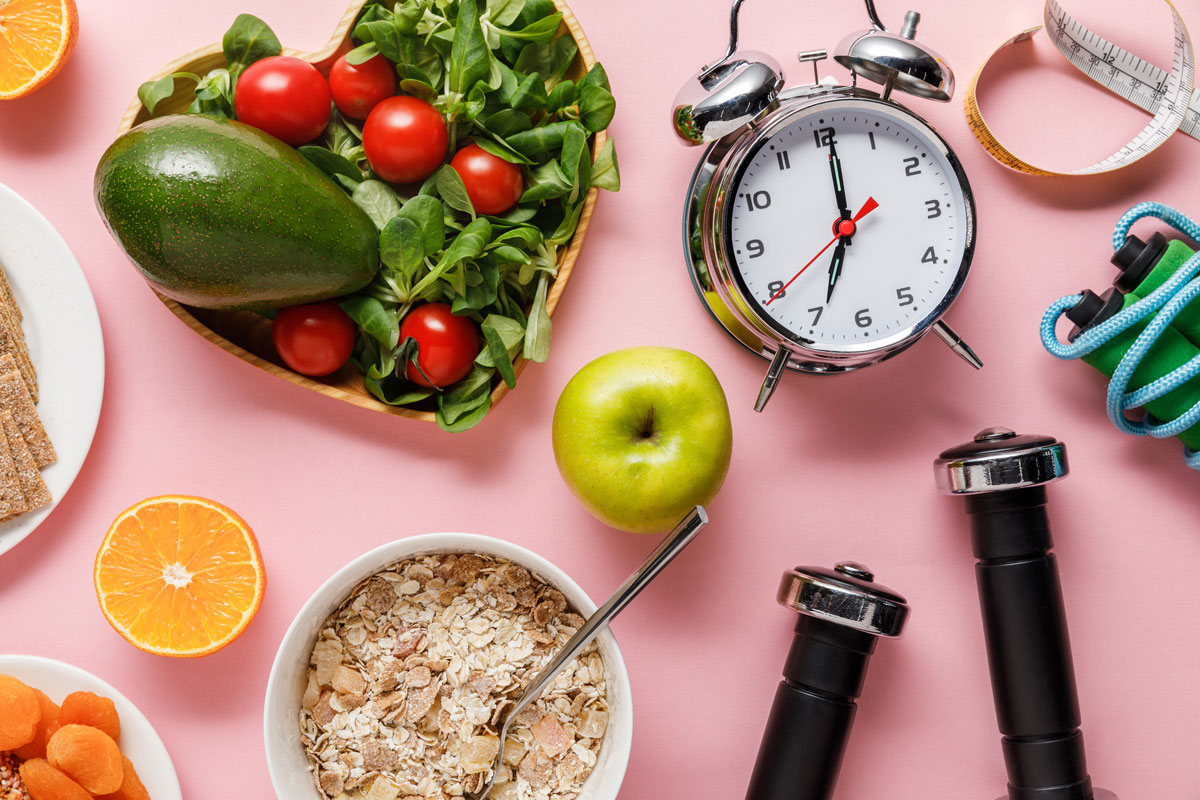
Debbie James, RDN, helps answer a reader’s question on breakfast and working out.
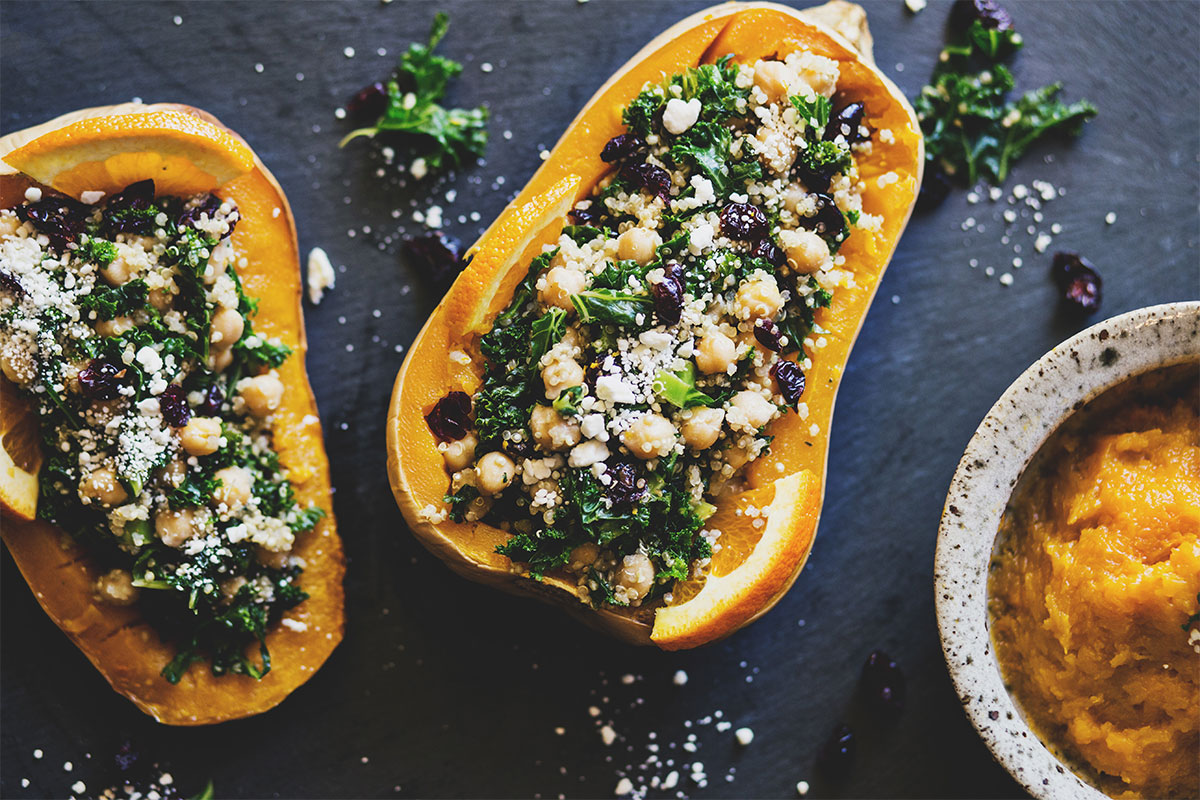

What type of foods should I eat, and exercises should I do? I want to lose 50 lbs. safely. I’m 5’7″ and weigh 203 lbs. and I want to reduce my BMI. How can I stay motivated to workout consistently and hard?
– Kristy M.

Since your height and weight don’t tell me anything about who you are, it’s difficult to say what foods you should eat. There are several approaches to weight loss. One is to start with what you already eat and reduce portions, say by 25%. Another is to calorie count and track your intake. You could also go vegetarian. But realistically, the plan you choose should match up with how you live and what you believe about food. I mean, telling you to cook steel cut oats if you dash out the door in 10 minutes each morning is a set-up for failure! I can say that nearly everyone could stand to eat more wholesome, unprocessed ‘clean’ plant-based foods and avoid fried food, candy, junk food, and soda.
I’d encourage you to work through our 90 Day Nutrition Plan to a Leaner You, laid out over three parts. #MoveMoreBurnMore
Motivation comes from within, but a repeating few mantras or sayings can help keep you focused:
As far as working out hard, know that it takes a change to create a change – push yourself out of your comfort zone so your body is forced to adapt.
– Debbie J., MS, RD
This article should not replace any exercise program or restrictions, any dietary supplements or restrictions, or any other medical recommendations from your primary care physician. Before starting any exercise program or diet, make sure it is approved by your doctor.
Some questions have been edited for length and/or clarity.
 Have a nutrition question? Our registered dietitian is ready to help!
Have a nutrition question? Our registered dietitian is ready to help!
Email nutrition@lafitness.com or submit your question below and it may be featured in an upcoming article!
Does liberally salting your food help you pump more iron in the gym? Registered Dietitian, Debbie James, investigates the claims!
Debbie James, RDN, helps answer a question about energizing snack options to pull athletes through the second half of a high energy workout.
Registered Dietitian, Debbie James, helps answer a reader’s question about a good nutrition guide for a healthy pregnancy.
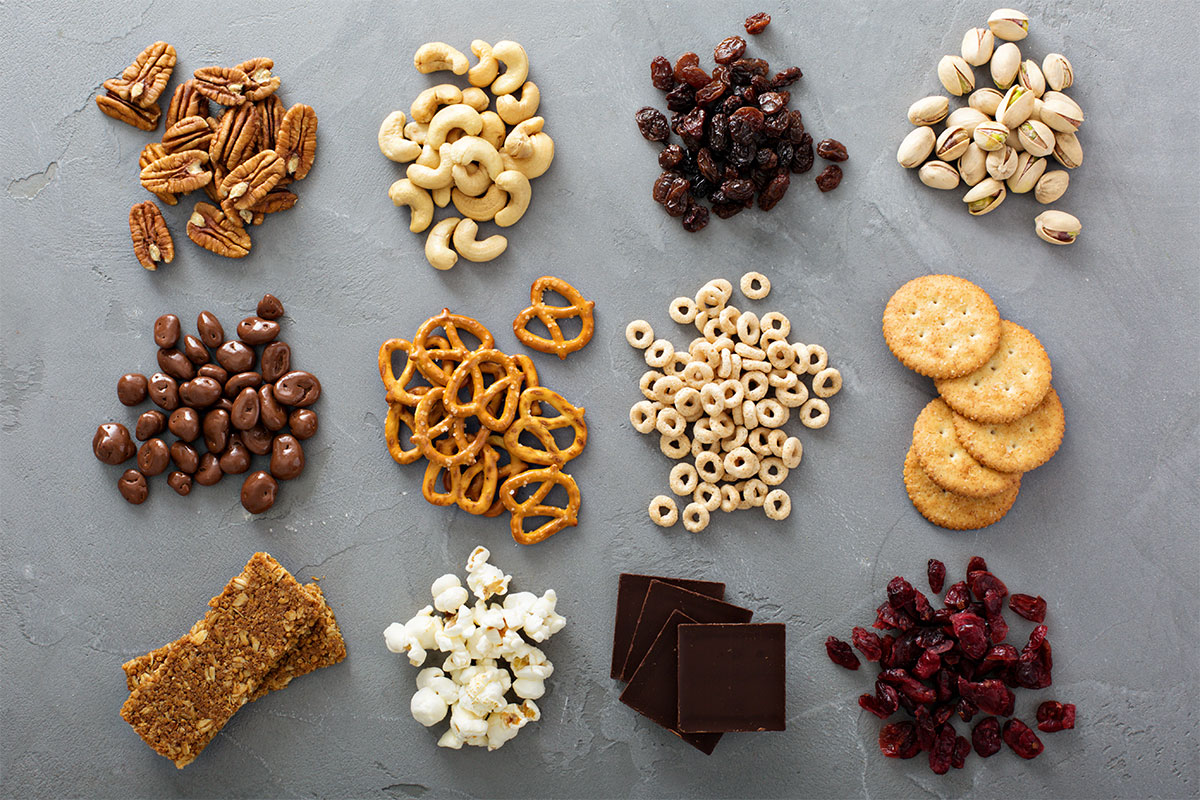

I recently started doing the boot camp class at LA Fitness and I noticed that I get very hungry after class. Any recommendations? I need to lose like 30 lbs., please help.
– Adela C.

When your body tells you to EAT (now!) post-exercise, it certainly gets your attention! That hunger may be normal, though disruptive to weight loss efforts if you eat the energy equivalent of what you just burned. A small recovery snack such as a two-inch apple and tablespoon of peanut butter may do the trick. Base it on carbohydrates to replace spent fuel. A cup of dry cereal to munch on travels well. A single ounce granola bar is another convenient option. But if you’re planning on a meal in an hour or so, try to fill up on light fare such as air-popped popcorn, celery, rice cakes, and melon to stave off hunger until then.
Other tips include:
– Debbie J., MS, RD
This article should not replace any exercise program or restrictions, any dietary supplements or restrictions, or any other medical recommendations from your primary care physician. Before starting any exercise program or diet, make sure it is approved by your doctor.
Some questions have been edited for length and/or clarity.
 Have a nutrition question? Our registered dietitian is ready to help!
Have a nutrition question? Our registered dietitian is ready to help!
Email nutrition@lafitness.com or submit your question below and it may be featured in an upcoming article!
Does liberally salting your food help you pump more iron in the gym? Registered Dietitian, Debbie James, investigates the claims!
Debbie James, RDN, helps answer a question about energizing snack options to pull athletes through the second half of a high energy workout.
Registered Dietitian, Debbie James, helps answer a reader’s question about a good nutrition guide for a healthy pregnancy.


JANUARY
Make a plan – You’re more likely to get things done if you know how, when, and where you’ll do them. Just saying you’ll do something isn’t enough. Identify the days, times and location of the activity. Make a contingency plan for when you’re short on time or money.

FEBRUARY
Go back to basics – Rely on the tried-and-true changes that make for success. Use what’s worked in the past rather than reinventing the wheel. Ask experts and professionals for their advice and read up on how most people accomplished the same goal.

MARCH
Make a list – Write out all the benefits to accomplishing your goal. Focus on the “pros” instead of the “cons.” Use these to push you when you don’t feel up to the task. Knowing what you’ll get out of it helps draw you to action.

APRIL
Track your progress – Log, chart or graph to keep the quantitative (intake, reps, weight, etc.) measures of your journey visual. Reference it daily as motivation and a reminder of your achievements. Remember that most advancements aren’t linear, so look at overall progress.

MAY
Get happy – Focus on the positive by identifying a small accomplishment each day. Believing in yourself may be the most important factor to success.* Recognizing small feats can give you the drive to accomplish larger ones.

JUNE
Recommit yourself – Pick yourself back up after a fall. Not everything goes according to plan (sigh). Having the resilience to get back to routine after a misstep is more important than not making any mistakes to begin with.

JULY
Avoid temptations – Be sure you’re not in a situation that could lead you astray. Ahem, not next to the buffet or on a comfy sofa. Choose environments in line with your goals so you can avoid the “Should I or shouldn’t I?” internal battle.

AUGUST
Reward yourself – When you hit a milestone, celebrate! (But not with something that will lead you to go in reverse ?) Give yourself a pat on the back and something tangible, too. Perhaps make smaller weekly goals for a small pay-out, such as a magazine or video game.

SEPTEMBER
Reflect on your journey – How great did it feel to overcome the last challenge? Look at how far you’ve improved since starting. Like autumn, you are in a season of change that doesn’t happen all at once. Enjoy each step along your path.

OCTOBER
Call on friends for support – There is truly strength in numbers! Enlist a workout buddy or lunch pal to keep you on track. Even the verbal support of those close to you who aren’t physically nearby can lift you up and spur you to continue onward.

NOVEMBER
Try something new – Now is the time to break up your routine and keep things interesting. Let your curiosity get the better of you. Attempt a new class, sample a different product, taste a new cuisine or give an innovative method a shot, providing it’s in line with your goals.

DECEMBER
Remember why you started – Bring those reasons to the forefront of your priorities. Think of this month as the last sprint to the finish line! If you’re behind don’t throw in the towel but double-down on your efforts to surge ahead.
Resource:
If you’re careful with your nutrition, working out weekly, and still experiencing problems with your weight, take a moment to read this QA.
Blood sugar control isn’t easy. These are Debbie’s top recommendations for how to address weight control with Type II Diabetes.
Does liberally salting your food help you pump more iron in the gym? Registered Dietitian, Debbie James, investigates the claims!
Be the first to know about exclusive
content, deals and promotions